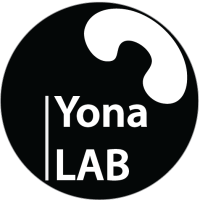Citation:
Date Published:
Sep 14Abstract:
The human leukocyte adhesion-G protein-coupled receptors (GPCRs), the epidermal growth factor (EGF)-TM7 proteins, are shown here to function as homo- and hetero-oligomers. Using cell surface cross-linking, co-immunoprecipitation, and fluorescence resonance energy transfer analysis of EMR2, an EGF-TM7 receptor predominantly expressed in myeloid cells, we demonstrate that it forms dimers in a reaction mediated exclusively by the TM7 moiety. We have also identified a naturally occurring but structurally unstable EMR2 splice variant that acts as a dominant negative modulator by dimerizing with the wild type receptor and down-regulating its expression. Additionally, heterodimerization between closely related EGF-TM7 members is shown to result in the modulation of expression and ligand binding properties of the receptors. These findings suggest that receptor homo- and hetero-oligomerization play a regulatory role in modulating the expression and function of leukocyte adhesion-GPCRs.
Notes:
Davies, John QChang, Gin-WenYona, SimonGordon, SiamonStacey, MartinLin, Hsi-HsienengG0500623/Medical Research Council/United KingdomResearch Support, Non-U.S. Gov'tJ Biol Chem. 2007 Sep 14;282(37):27343-53. doi: 10.1074/jbc.M704096200. Epub 2007 Jul 9.


